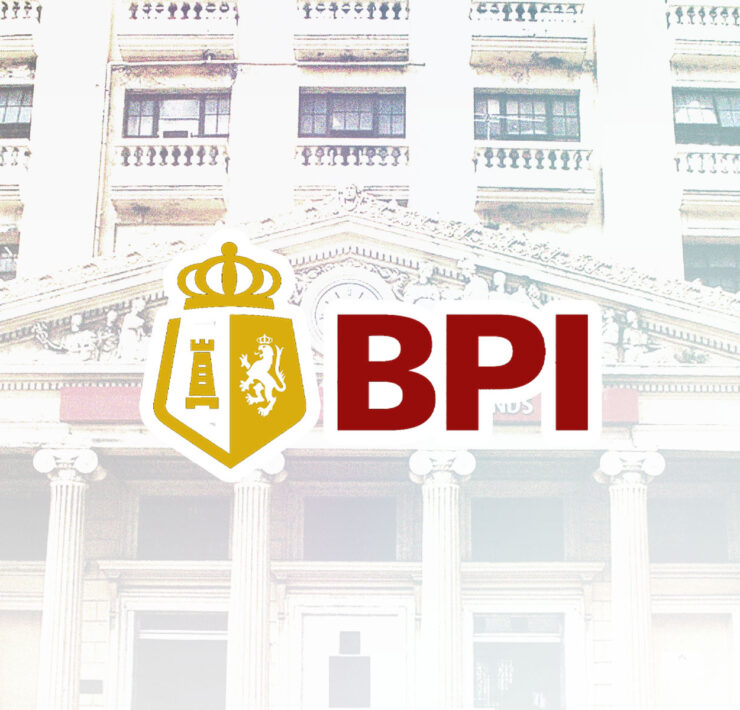Cautious banks tighten lending to firms, consumers

Households and businesses had huge appetite for loans in the third quarter but faced tight credit standards from banks, which are likely to stay cautious when lending for the rest of the year as many borrowers still struggle to pay their debts amid high interest rates.
A quarterly survey of senior loan officers from 60 banks showed a “net tightening” of lending standards for enterprises in the third quarter, which the respondents attributed to “deterioration in borrowers’ profiles and the profitability of banks’ portfolios,” the Bangko Sentral ng Pilipinas (BSP) reported on Friday.
A net tightening means the number of banks that had turned cautious when handing out loans during a period exceeded those that relaxed their credit standards, while a “net easing” means the reverse happened. The BSP uses what it called the “diffusion index” or DI to come up with this analysis of survey results.
Apart from the DI, the BSP also analyzed the survey results using the “modal approach,” which identified the most common response of banks. This assessment showed 80.4 percent of lenders reported keeping their loan standards for businesses unchanged, lower than the 87 percent that had the same response back in the second quarter.
For the fourth quarter, the BSP said the DI analysis of the survey showed a net tightening of loan standards for companies on expectations of “deterioration in borrowers’ profiles and in the profitability and liquidity of banks’ portfolios.”
Households
Loan officers were also bracing for “stricter financial system regulations,” while hinting at “reduced tolerance for risk” as a high interest rate environment continued to weigh on borrowers’ ability to settle their obligations.
That said, the modal approach found that 90.2 percent of lenders would unlikely make any changes to their loan standards for the rest of 2024 despite seeing stronger demand for credit from enterprises, which are anticipating “higher inventory and accounts receivable financing needs.”
The situation is the same for consumers who, based on the DI analysis, had to deal with a net tightening of lending standards in the third quarter due to “deterioration in borrowers’ profiles and in the profitability of banks’ portfolios, as well as banks’ lower risk tolerance.”





















